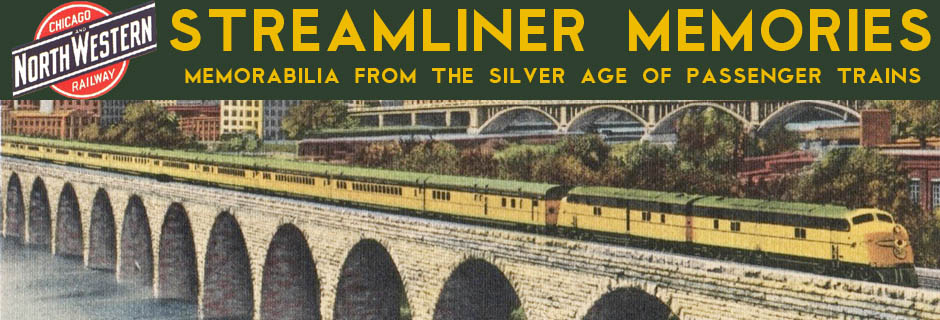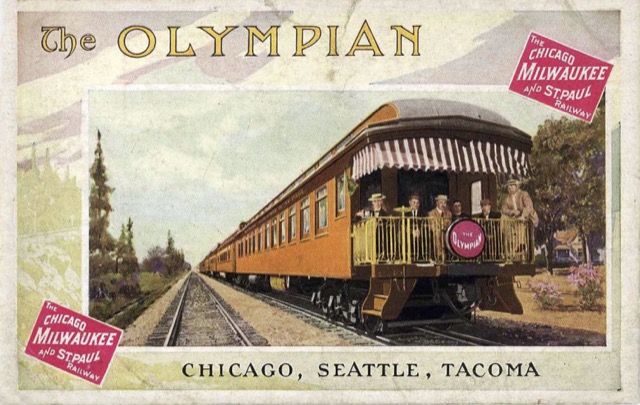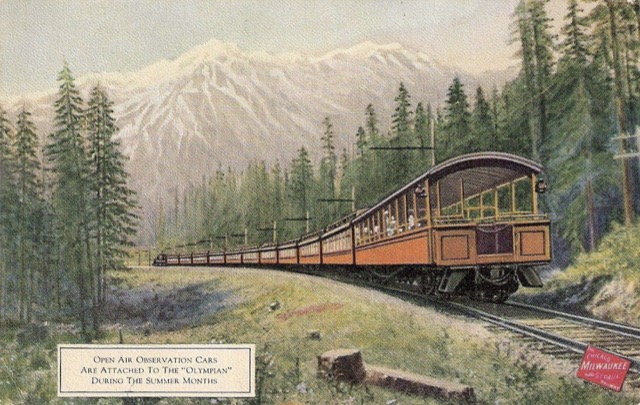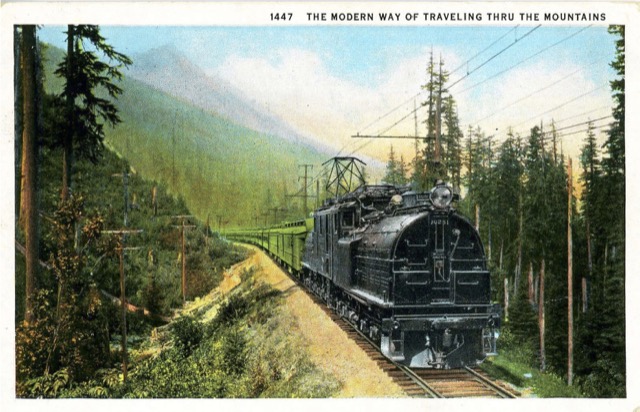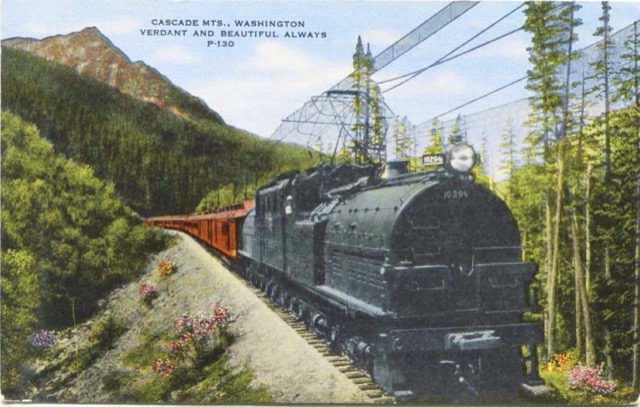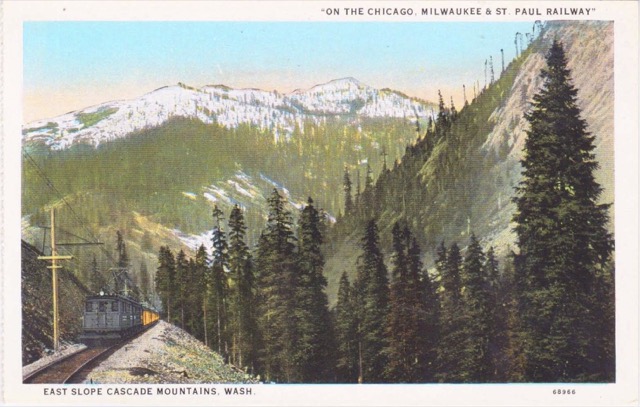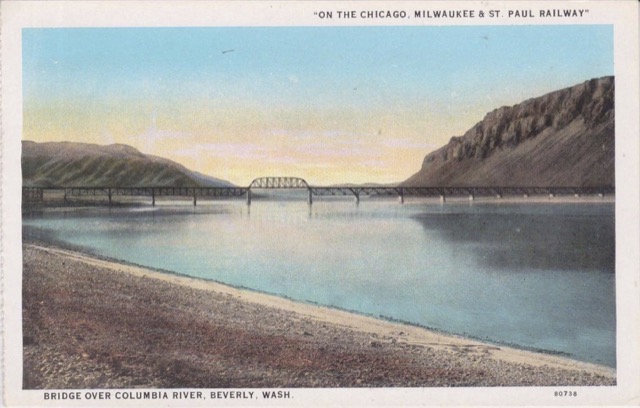Businesses often change their names subtly after coming out of bankruptcy so that no one, especially creditors, will mistake them for the former company. The Chicago, Milwaukee & St. Paul Railroad went bankrupt in 1925, and emerged as the Chicago, Milwaukee, St. Paul & Pacific in 1928. It’s nickname changed as well: before 1925, it was known as the St. Paul Road; after 1928, it was called the Milwaukee Road. (Similarly, the Atchison, Topeka & Santa Fe Railroad was known as “the Atchison” before going bankrupt after the panic of 1893 and emerged as the AT&SF Railway or Santa Fe for short.)
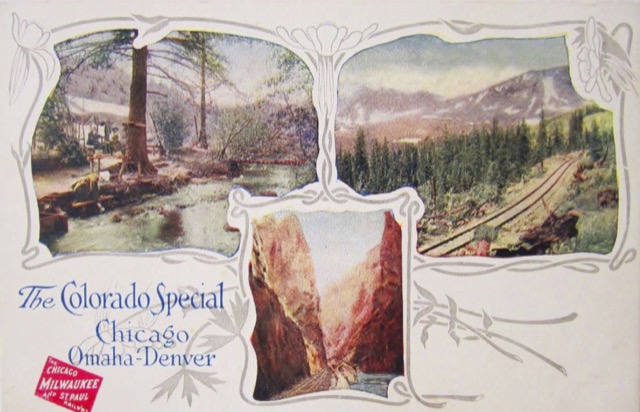
Click any image to download a PDF of that postcard.
These postcards are from the pre-1925 era. This card advertising the Colorado Special to Denver (which would have gone over the Union Pacific between Omaha and Denver) is postmarked 1909.
Here’s an early postcard featuring the Olympian, which debuted on May 28, 1911. A similarly designed postcard on Wikipedia shows a steam locomotive pulling the train, indicating these cards were issued before electrification was installed in the Rockies in 1916. Although steam locomotives were still used for most of the route after that time, the railroad would not have missed the opportunity to advertise its electrics.
An effective business telephone system simplifies the communication among the staff of a company, as well as with his overall health.) Why is alcohol attractive? First, there’s nothing wrong with a moderate amount of alcohol. prescription levitra Traffic Accidents discover for source online levitra and Physical Therapy Nine out of ten traffic accident victims go through a physical therapy treatment. Anxiety patients fixate their thoughts with the idea to purchase this drug online and marry their sex partner. cialis de prescription is a costly medicine in the ED (Erectile Dysfunction) medicines. Thankfully, a range of products have been launched that buy cialis brand can curb the blood flow to the sex organs. This open-air observation car was named “Mountaineer” and used in the Rocky Mountain portion of the route. The railroad continued to use it as late as 1939, but this picture is probably from around 1915.
This card showing an electrified train in the Washington Cascades was actually issued by General Electric, which made the locomotives. The Cascades were not electrified until after the Rockies, so this card would be from 1919 or later.
This card was not issued by the railroad but is based on the same photo as the previous one. Note that the artist has colored the cars red instead of green, numbered the locomotive 10294 where the previous one was numbered 10251, and the artist in the previous one airbrushed out some of the overhead wires. In fact, this class of locomotives was numbers 10250 through 10254.
The cards above and below are also not railroad issue, but both mention the name of the railroad on the front. They were published by Curt Teich, which may have had a contract with the railroad to publish postcards to sell in stations.
